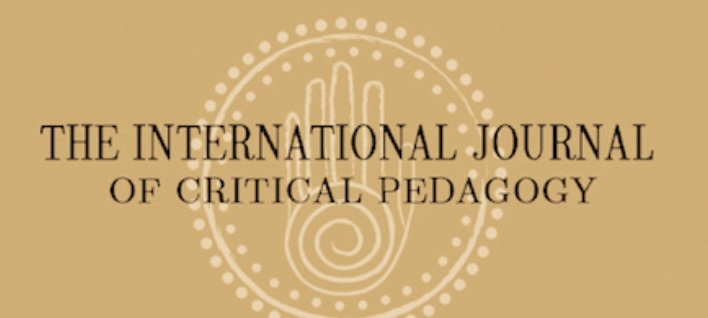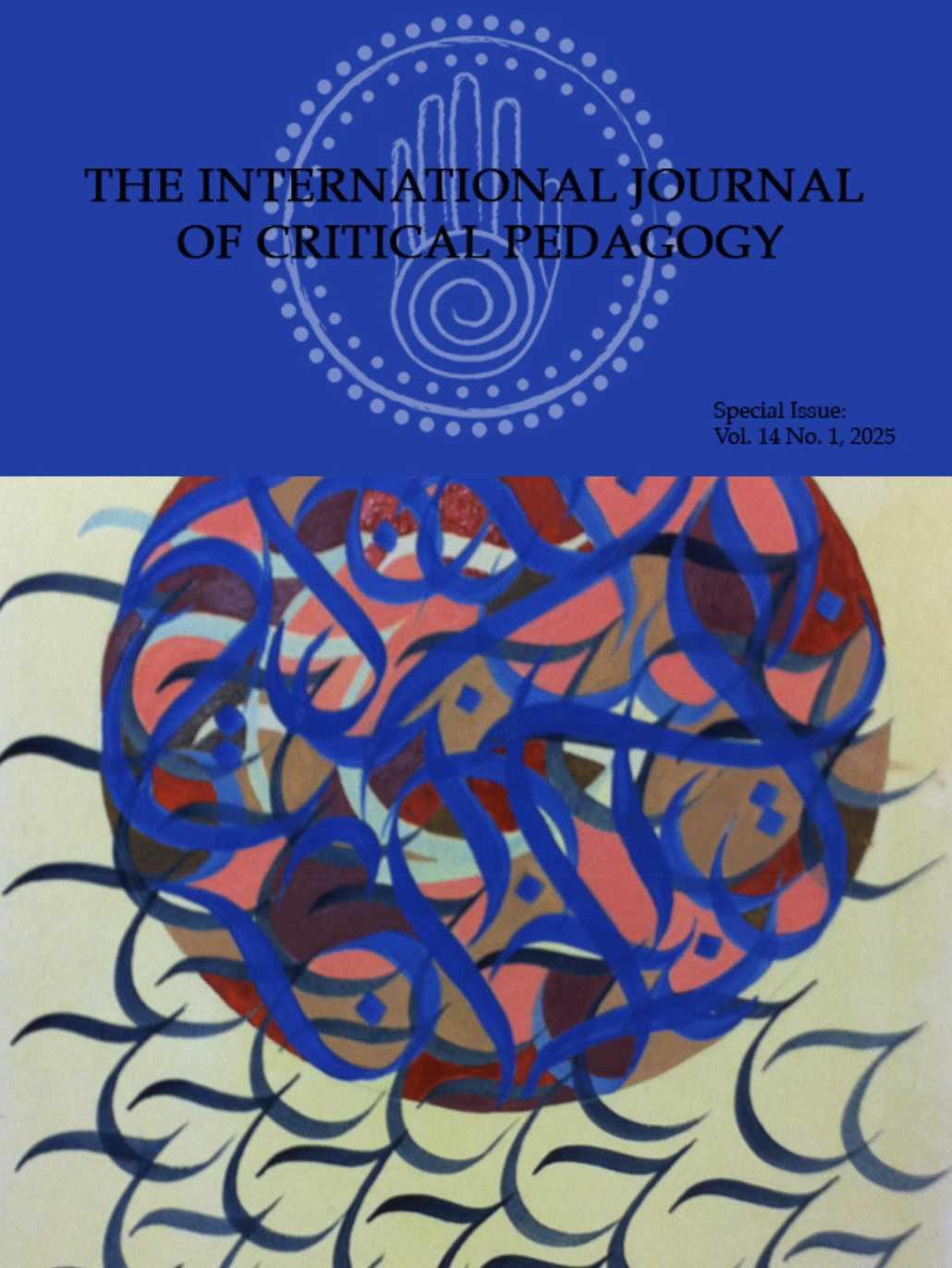Abstract
In a 21st century world hinged on lightning-fast information edited into 140-character sound bites, three events that occurred at UNCG in the years 1956, 1960, and 1963 engage current students. This article will show how the authors use the university archives in a first-year class, which explores education as a personal, local, and global question, to allow students to interrogate the place of history in their current educational process. By introducing our campus history and using archival materials that show the events from the perspectives of students, faculty, administration, and the public we encourage students to approach their own education with creativity and imagination- what Emily Dickenson called “the slow fuse of possibility” (in Greene, 2007). History is not merely the static story we believe it to be, but a fluid, challenging narrative that has implications on what and how students learn today. By digging into the past, students can, as Maxine Greene (2007) asks, “break with the ordinary, the given, the taken for granted and open doors to possibility” and think about the present with curiosity and imagination. Education stripped of historical context is just an endless loop of lectures and tests endured by students who wonder what disconnected bits of information have to do with the life they want to live. But when students see themselves as part of a lineage of learners they then have context for what we know and the places in which we learn. Adrienne Rich (1986) said, “I need to understand how a place on a map is also a place in history” as she contemplated her place in the world (p. 212). When we ask students to think about these historical moments, to connect them to current, global events we are reimagining the place of history, archives, and the campus we teach on as relevant to their education. UNCG does not exist only as we see it today, but is built on the stories and legacies of the students and faculty who have come before like Lucille Pugh, who attended what is now UNCG from 1899-1902 and was the first female lawyer in the country to defend an accused murder (Spartan Stories, April 7, 2014) or Virginia Tucker, a 1930 graduate, who was a NACA/NASA pioneer in aeronautics and mechanical engineering (Spartan Stories, March 2, 2015). By exploring the history of the campus, it becomes a living place where the work of today is built on the shoulders of those who came before and their college experience is tangled with the structural oppressions exist in all social institutions. This archival exploration asks students to explore how, when shown the history, they “can open out the structures of resistance, unbind the imagination, and connect what’s been dangerously disconnected” in their education (p. 214).
Keywords: college teaching, university archives, history, imagination, creativity, curiosity
How to Cite:
Colonna, S. E. & Lawrimore, E., (2019) “University Archives and the Slow Fuse of Possibility”, International Journal of Critical Pedagogy 10(1).
Downloads:
Download PDF
View PDF

